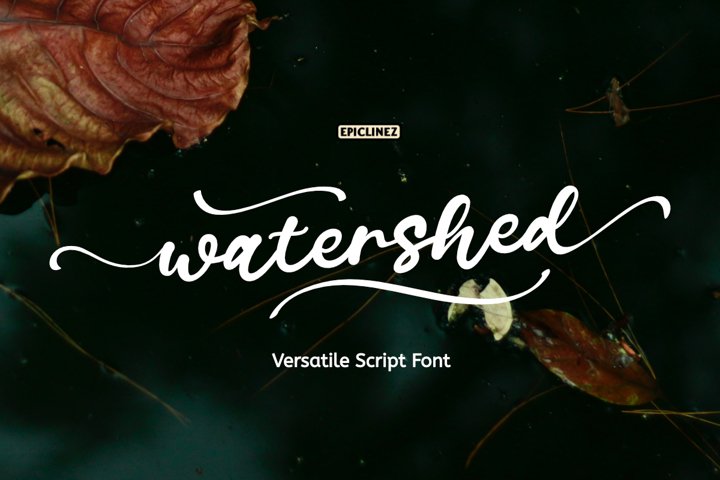

#Edit font glyphs on word code#
In addition to the 'dotted circle', other Unicode code points that are recommended for inclusion in any Lao font is the ZWSP (zero width space U+200B). In case this glyph is missing from the font, the invalid signs will be displayed on the missing glyph shape (white box). positioned on a dotted circle.įor the fallback mechanism to work properly, a Lao OTL font should contain a glyph for the dotted circle (U+25CC). Uniscribe displays these marks using the fallback rendering mechanism defined in the Unicode Standard (section 5.12, 'Rendering Non-Spacing Marks' of the Unicode Standard 3.0), i.e.


All OTL processing is divided into a set of predefined features (described and illustrated in the Features section). Next, Uniscribe calls OTLS to apply the features. The first step Uniscribe takes in shaping the character string is to map all characters to their nominal form glyphs. This behavior cannot be tested in VOLT, as this logic is not in VOLT. This allows the NIGGAHITA glyph to be positioned correctly above the base consonant, and the tone mark to be positioned correctly above the NIGGAHITA. If there is a tone mark on the base consonant already, the analysis engine will decompose the AM and reorder the NIGGAHITA to between the base consonant and the tone mark. This allows the NIGGAHITA glyph to be positioned correctly above the preceding base consonant. In the case where an above mark does not exist on the preceding base consonant, the 'ccmp' feature will be used to decompose the AM into the NIGGAHITA and AA glyphs. The handling of the AM in the analysis phase is special. For additional information, see Invalid Combining Marks. The contextual analysis engine verifies valid diacritic combinations. The unit that the shaping engine receives for the purpose of shaping is a string of Unicode characters, in a sequence. The following sections will help font developers understand the rationale for the Lao feature encoding model, and help application developers better understand how layout clients can divide responsibilities with operating system functions. Shape (substitute) glyphs with OTLS (OpenType Library Services).Analyze characters for valid diacritic combinations.The Uniscribe Lao shaping engine processes text in stages. Glyph - A glyph represents the displayed form of one or more characters.Ĭombining Mark - A vowel sign or tone mark positioned above or below a character to provide pronunciation guidance.Ĭluster - The effective "unit" of Lao writing systems, consisting of a consonant, vowel signs and combining tone marks, or independent vowel letters. For example, the 'ko' character is U+0E81. Layout operations are defined in terms of a base glyph, not a base character, as a ligature may act as the base.Ĭharacter - Each character represents a Unicode character code point. The following terms are useful for understanding the layout features and script rules discussed in this document.īase Glyph - Any glyph that can have a diacritic mark above or below it. In addition to being a primer and specification for the creation and support of Lao script fonts, this document is intended to more broadly illustrate the OpenType Layout architecture, feature schemes, and operating system support for shaping and positioning text. This document also presents information about the Lao OpenType shaping engine of Uniscribe, an operating system component responsible for text layout. Registered features of Lao scripts are defined and illustrated, encodings are listed, and templates are included for compiling layout tables for OpenType fonts.
#Edit font glyphs on word how to#
Introductionįont developers will learn how to encode script features in their fonts, choose character sets, organize font information, and use existing tools to produce Lao script fonts. This document presents information that will help font developers create or support OpenType fonts for Lao script languages covered by the Unicode Standard.


 0 kommentar(er)
0 kommentar(er)
